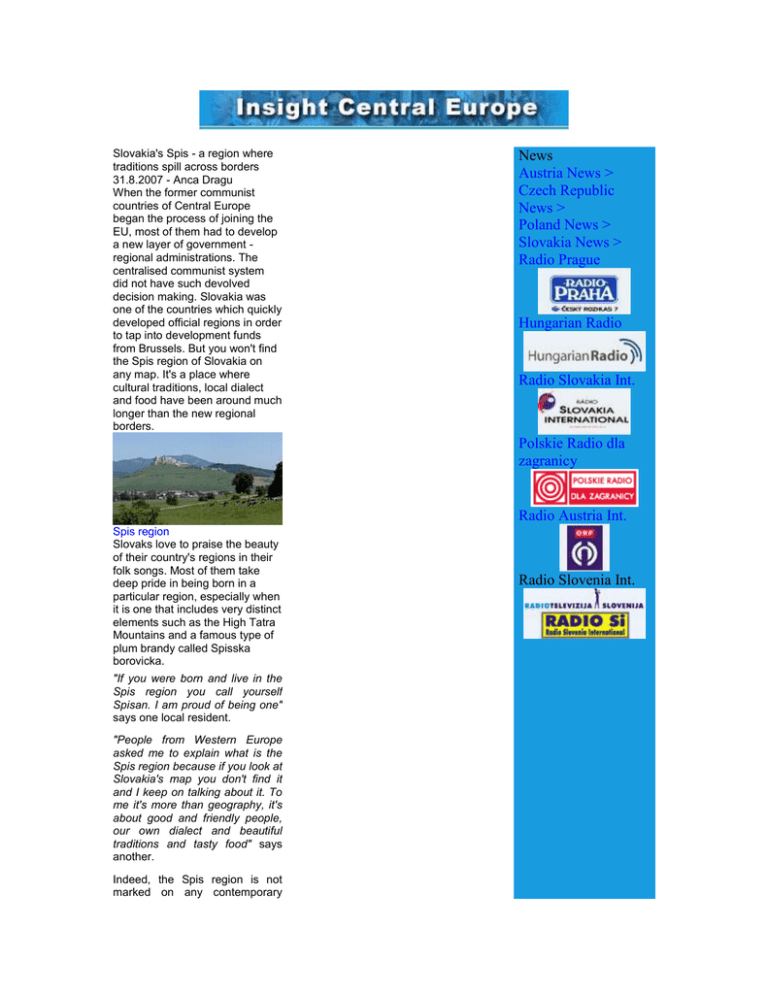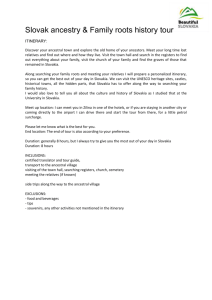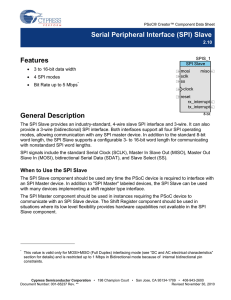
Slovakia's Spis - a region where
traditions spill across borders
31.8.2007 - Anca Dragu
When the former communist
countries of Central Europe
began the process of joining the
EU, most of them had to develop
a new layer of government regional administrations. The
centralised communist system
did not have such devolved
decision making. Slovakia was
one of the countries which quickly
developed official regions in order
to tap into development funds
from Brussels. But you won't find
the Spis region of Slovakia on
any map. It's a place where
cultural traditions, local dialect
and food have been around much
longer than the new regional
borders.
News
Austria News >
Czech Republic
News >
Poland News >
Slovakia News >
Radio Prague
Hungarian Radio
Radio Slovakia Int.
Polskie Radio dla
zagranicy
Radio Austria Int.
Spis region
Slovaks love to praise the beauty
of their country's regions in their
folk songs. Most of them take
deep pride in being born in a
particular region, especially when
it is one that includes very distinct
elements such as the High Tatra
Mountains and a famous type of
plum brandy called Spisska
borovicka.
"If you were born and live in the
Spis region you call yourself
Spisan. I am proud of being one"
says one local resident.
"People from Western Europe
asked me to explain what is the
Spis region because if you look at
Slovakia's map you don't find it
and I keep on talking about it. To
me it's more than geography, it's
about good and friendly people,
our own dialect and beautiful
traditions and tasty food" says
another.
Indeed, the Spis region is not
marked on any contemporary
Radio Slovenia Int.
map of Slovakia because it
ceased
to
exist
as
an
administrative unit in 1949. It
remains just a historical province
in the North-Eastern part of the
country with a territory of around
500 square kilometres, clearly
defined by a dialect and customs.
In the late 90s it was divided
between two administrative units
functioning as counties. They
were established to satisfy the
European Union's request for an
administrative division of the
country so that structural funds
can more easily flow to less
developed areas. But this division
causes problems for locals such
as Dana Rosova a researcher at
the Spis Museum.
"The Spis region borders Poland
but that part at the border
belongs to Presov county while
our town, Spisska Nova Ves, is in
Kosice county. We have had
cross border cooperation projects
related to culture and traditions of
the Spis region, including a photo
exhibition done in cooperation
with our Polish partners. Our
county could not finance it
because we are located in an
area that does not border Poland.
Presov county could not give us
money because we, the project
managers, are not located in their
county despite the fact that the
project was about Spis".
At least on paper, Slovakia has
tried hard to promote its regions
to the EU and its institutions. In
2005 it set up a House of
Regions in Brussels where
representatives of the eight
official counties that currently
form Slovakia lobby for their area.
Asked whether it also promotes
traditional regions such as Spis,
this organisation issued this
statement....
"Both
Kosice
and
Presov
counties have the brochures
about Spis and distribute in here.
Last winter. The Spis label is
certainly
promoted
as
an
interesting tourist destination."
People from Spis are less than
satisfied with this approach. They
don't think Slovakia is sufficiently
descentralized
and
blame
decisionmakers in the capital
Bratislava
for
undervaluing
traditional
regions.
Dana
Rosova..
"The funny part is that I was born
in Bratislava but I moved to Spis
as a child and now I have
stronger feelings for this region
than for Bratislava. Yes, I would
like to see more people involved
in promoting it, namely locals
because sometimes I have the
feeling that there is too much talk
and blaming others and too little
action from our side".
Radio Prague, Vinohradska 12, 120 99 Prague 2, Czech Republic tel: +420-2-2155
2931-7, fax: +420-2-2155 2903
Copyright © 2004 Radio Prague, All Rights Reserved
E-mail: cr@radio.cz






